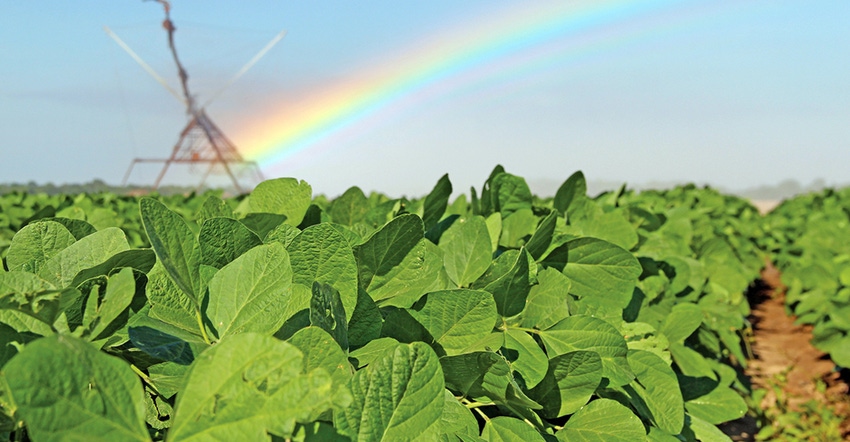February 25, 2019

Several large aquifer systems in the United States are experiencing groundwater depletion according to the Council for Agricultural Science and Technology in a report issued today.
The Ogallala aquifer in the Great Plains of the United States is the U.S. aquifer system with the greatest long-term groundwater storage depletion. The Columbia Plateau aquifer and the Snake River Plain aquifer, both in the U.S. Pacific Northwest, have had a net accretion of groundwater levels compared to predevelopment conditions.
The consequences of depletion include:
Reduced flow to surface water systems and ecosystems.
Loss of productivity of groundwater wells.
Subsidence of land and ground failures.
Degradation of groundwater quality.
Groundwater is the Earth’s most extracted raw material with about 70% of groundwater withdrawals used for agriculture irrigation. Long-term regional droughts have further increased groundwater usage.
Several approaches to mitigate groundwater depletion are being tried, including:
Extracting less groundwater from aquifers.
Enhance groundwater replenishment using alternative water sources.
Changing crop selection and agricultural practices.
Source: The Council for Agricultural Science and Technology, which is solely responsible for the information provided and is wholly owned by the source. Informa Business Media and all its subsidiaries are not responsible for any of the content contained in this information asset
You May Also Like




